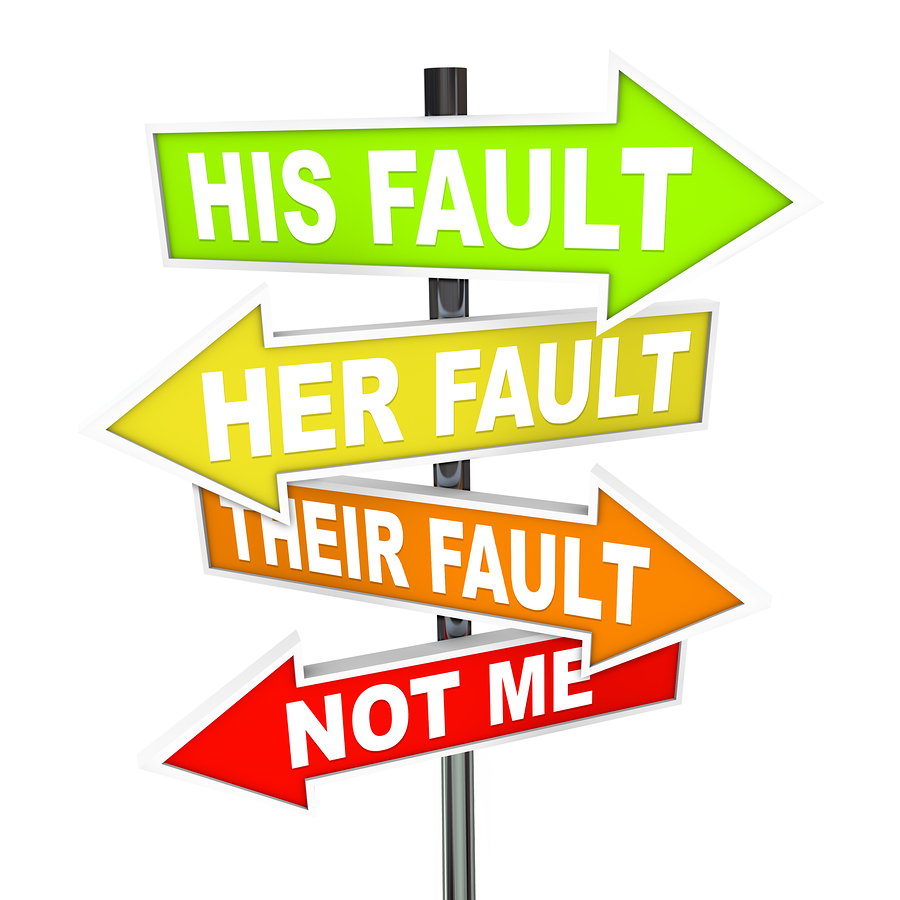
If I’m injured, how am I at fault?
Who’s injured and who’s at fault can make a difference
Here’s an all too familiar situation: someone injured in a motor vehicle accident calls my office. Medical bills are piling up and they aren’t getting better. They receive a phone call or letter from the insurance company that states the claim is denied. The reason? The insurance company states that the person injured in a motor vehicle accident was also at fault. But, what about the injury?
Contributory Negligence
Contributory negligence is defined as the failure to exercise due care for one’s own safety. A reasonably prudent person under the circumstances would remove their headphones and/or look both ways before crossing the street. In North Carolina, Contributory Negligence is a complete defense to suit where contributory negligence was a proximate cause of the injury. This means that if your conduct was the factual cause of your injuries, and the risk of such injury was reasonably foreseeable, you cannot recover.
However, there is a very important exception that may be available to those injured in a motor vehicle accident: the doctrine of last clear chance.
The “Last Clear Chance” doctrine imposes a duty upon the driver in the above example to exercise ordinary care to avoid injuring you, one who has negligently placed himself in a situation of danger.
For example, if the driver sees you walking in the road way, oblivious to his blaring horn, and he can avoid hitting you, he has a duty to do so. If the driver fails to avoid you when he could have, then he can still be held liable, even though you were at fault for failing to take care to avoid injury to yourself.
Additional exceptions exist to the general rule in North Carolina that one who is contributorily negligent may not recover. Contact my office for a free consultation regarding your situation.

